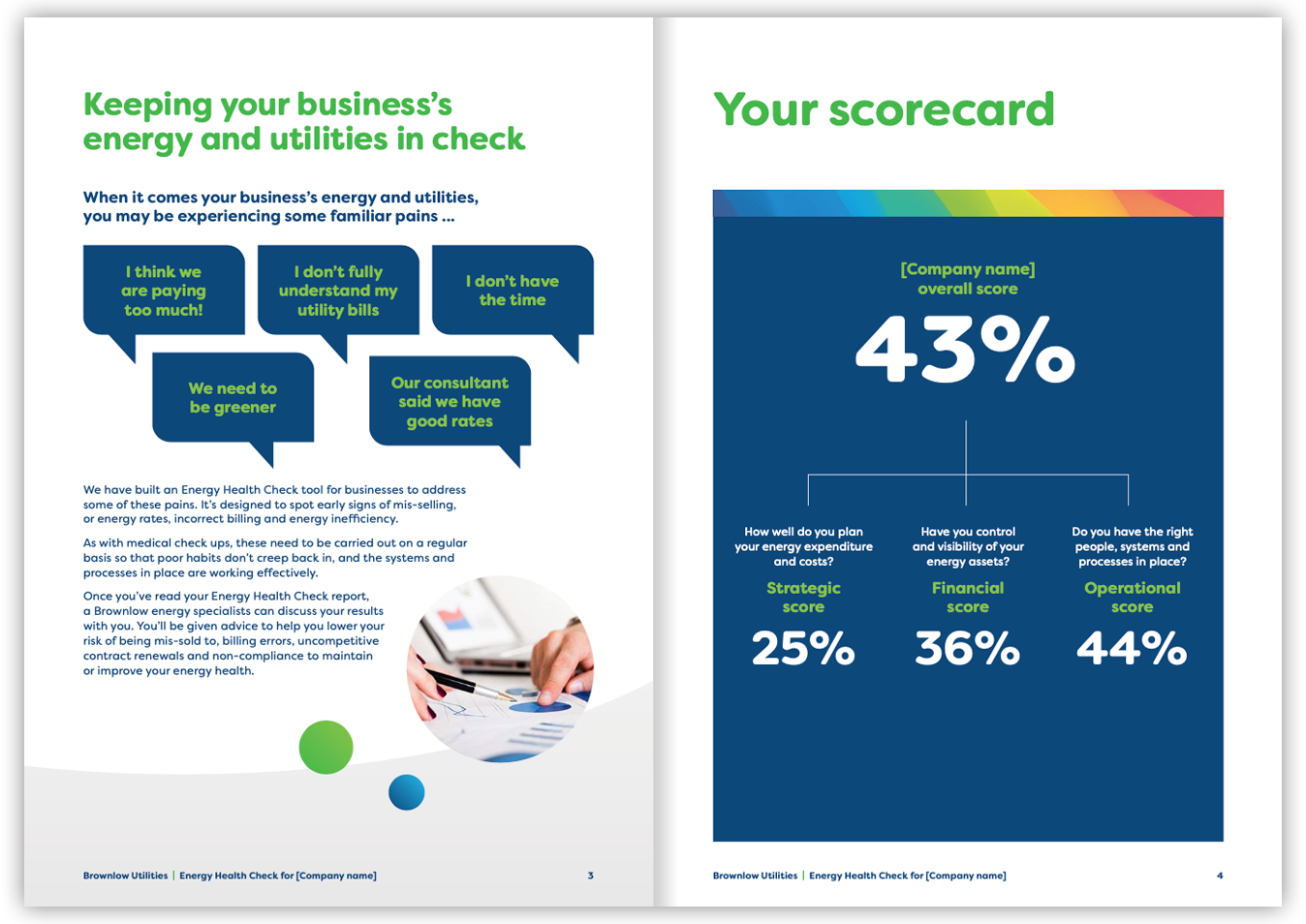Understanding Non-Commodity Charges: Impact on Business Energy Bills
Ellie Edwardson
1st March 2024
What are Non-Commodities?
In a typical fully fixed contract or invoice, the fully fixed unit rate includes both non-commodities and wholesale energy costs. Non-commodity charges are related to the distribution of power and balancing of the grid. They also include government levies and taxes aimed at reducing your business's carbon footprint.
RO: Renewables Obligation
The Renewables Obligation (RO) scheme in the UK was created to encourage the generation of renewable electricity. Electricity suppliers must present a specific number of Renewables Obligation Certificates per megawatt hour of electricity supplied during each obligation period. Suppliers can fulfil their obligation by presenting ROCs, making a payment into a buy-out fund, or a combination of both. Accredited renewable generating stations receive ROCs, which can be traded or sold to suppliers. The scheme's administrative cost is recovered from the buy-out fund, while the remainder is distributed back to suppliers based on the number of ROCs presented. More on this non-commodity here...
FiT: Feed-in Tariffs
The Feed-in Tariffs (FiT) scheme is a government initiative that aims to encourage the use of renewable and low-carbon energy sources. Launched on April 1, 2010, the scheme necessitates participating electricity suppliers to pay for electricity generated and exported by accredited installations.
CfD: Contracts for Differences
Contracts for Differences, or CfDs, are contractual agreements between a Low Carbon Contracts Company (LCCC) and an electricity generator. This allows the generator to maintain a stable revenue stream at a predetermined rate (the Strike Price) throughout the contract's duration. The agreement also allows for payments to be exchanged between the LCCC and the generator in either direction.
BSUoS: Balancing Services Use of Systems
Balancing Services Use of Systems (BSUoS) is a charge that recovers the cost of balancing the electricity transmission system and the expenses associated with day-to-day operations.
TNUoS: Transmission Network Use of System
Transmission Network Use of System (TNUoS) charges are designed to cover the cost of installation and maintenance of the transmission system in England, Wales, Scotland, and Offshore regions.
DUoS: Distribution Use of System
Distribution Use of System Charges (DUoS) are fees that are governed under the Common Distribution Charging Methodology (CDCM). On your electricity bill, DUoS charges make up a portion of the total cost. Typically, this amounts to approximately 17% of your final bill. The DUoS charge is broken down into three categories: Red, Amber, and Green. The Red charge is applied during the busiest period on weekdays (Monday to Friday) from 4:00 PM to 7:00 PM. Amber applies from 7:00 AM to 4:00 PM and 7:00 PM to 11:00 PM. Green charges apply at all other times.
CM: Capacity Market Supplier Charge
Capacity charges are linked to the amount of energy that is allocated and reserved on the network for your power supply. When a manufacturing plant or any other energy-intensive operation requires a high load of electricity, the network must ensure that the correct amount is available on the national grid. This is where the Capacity Market Supplier Charge comes into play. This charge is used to compensate capacity providers for their services in a given delivery year.
AAHEDC: Assistance for Areas with High Electricity Distribution Costs
Assistance for Areas with High Electricity Distribution Costs, recovers costs for The North of Scotland which is currently the only area specified to receive assistance.
Elexon
The Imbalance Price is used to settle energy imbalance volumes. At the end of a Settlement Period.
TCR: Targeted Charging Review
The Targeted Charging Review is an initiative launched by Ofgem. Its objective is to modernise the electricity network and ensure that Transmission and Distribution charges are allocated fairly amongst businesses and consumers. More on how we can help with TCR here..
Distribution Losses
Defined as the difference between the electricity entering the distribution network and that leaving it.
Transmission Losses
When transferring power across the Transmission System, some of the power is 'lost'. This lost power is known as Transmission Loss.
As a business, you should have your bills checked every 6 months for discrepancies, this can be a complex and time-consuming process. Brownlow’s bill specialists understand all components of an energy bill and can easily spot overcharges, reductions and even exemptions for your business.
Give us a call today! And get one of our specialists to review your bills and get your energy management in order.



